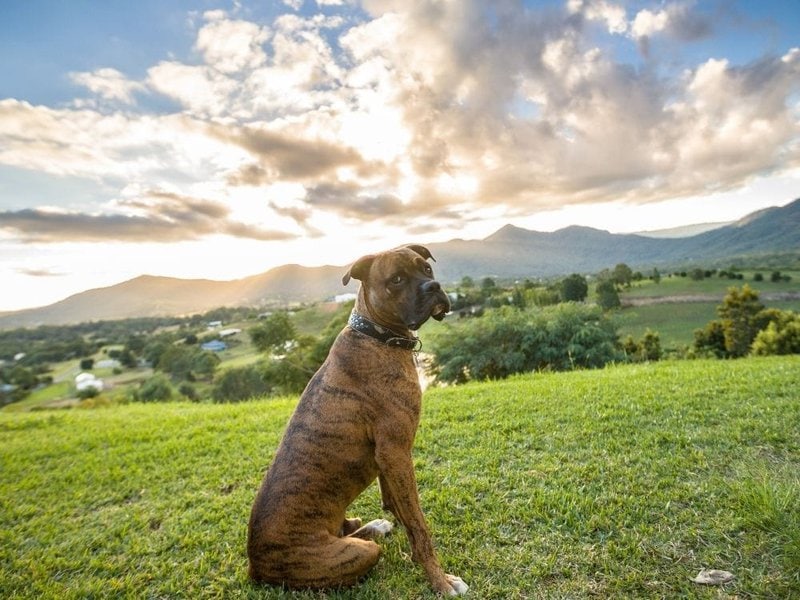Different dog breeds have different lifespans. Some dog breeds are famous for their longevity of life while some have a brief span of life. Usually, dog breeds that grow huge in size have been seen to possess the shortest lifespan. So, we have compiled a list of dog breeds with the lowest lifespan that you should know about.
Among the provided dog breeds in the list below, the Irish Wolfhound and the Bernese Mountain Dog are two dog breeds that possess the shortest lifespan. Following them, the Bullmastiff and the Greater Swiss Mountain Dog are two other dog breeds that also possess very short lifespans.
21. Irish Wolfhound
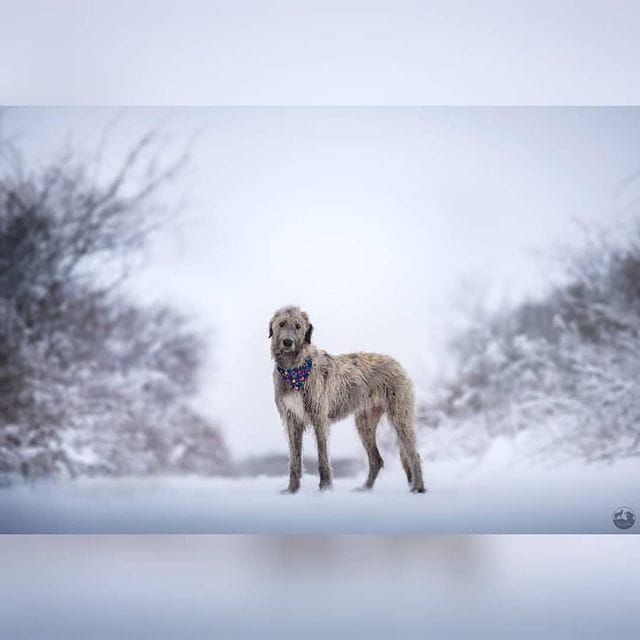
Average age: 7 years
The Irish Wolfhound dog breed encompasses hound dogs that grow humongous in size, with weight ranging from 115 to 180 lbs.
About 90% of Irish Wolfhounds from dilated cardiomyopathy. The heart becomes too weak to pump blood, and heart failure is the most likely outcome.
Irish Wolfhounds can become victims of many other serious health issues such as osteosarcoma, liver shunt, and autoimmune thyroiditis, in their lifetime.
20. Bernese Mountain Dog
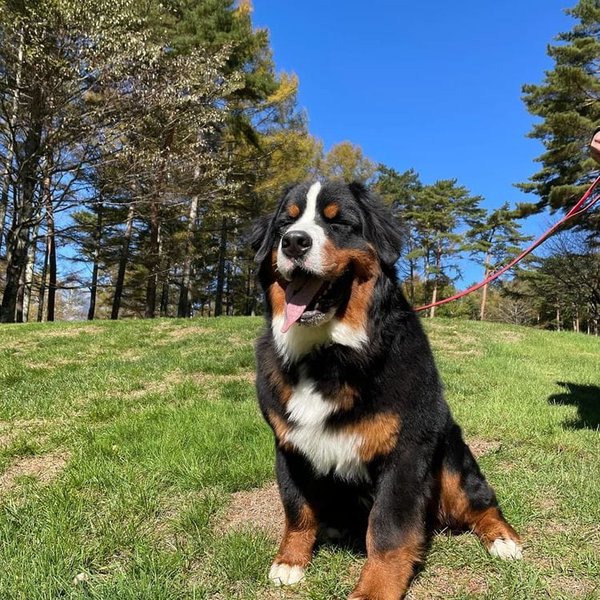
Average age: 7 years
The Bernese Mountain Dog is Switzerland’s jack of all trades. These versatile dogs can be employed as multipurpose working dogs such as assistance dogs, guard dogs, etc.
A survey has revealed that neoplasia is the leading cause of death in Bernese Mountain Dogs. Further research is needed to determine the causes and improve their overall health.
Bernese Mountain Dogs, being prone to many health issues, are most likely to suffer from degenerative joint disease, spinal issues, and gastric volvulus.
19. Chow Chow

Average age: 12 to 15 years
Owning a Chow Chow isn’t meant to be a cuddle buddy, as it has an independent personality, and won’t take all your orders seriously.
A very common health issue that often affects Chow Chows is Entropion. Their eyes roll inwards, and the defect needs to be corrected via surgery.
Although not susceptible to that many diseases, some diseases like Canine Hip Dysplasia, teeth problems, cancers in old age, etc. can affect them.
18. French Bulldog

Average age: 11 to 14 years
The French Bulldog is a true breed of companion dog and has been so from time immemorial.
French Bulldogs are known for having sensitive skin, so any minor environmental changes can result in skin problems, such as lumps and bumps. Other than that, ear infections and conjunctivitis are also common in them.
Though not very prone to fatalities, diseases such as brachycephalic syndrome, hip dysplasia, hemivertebrae, allergies, etc. can strike French Bulldogs anytime.
17. German Shepherd
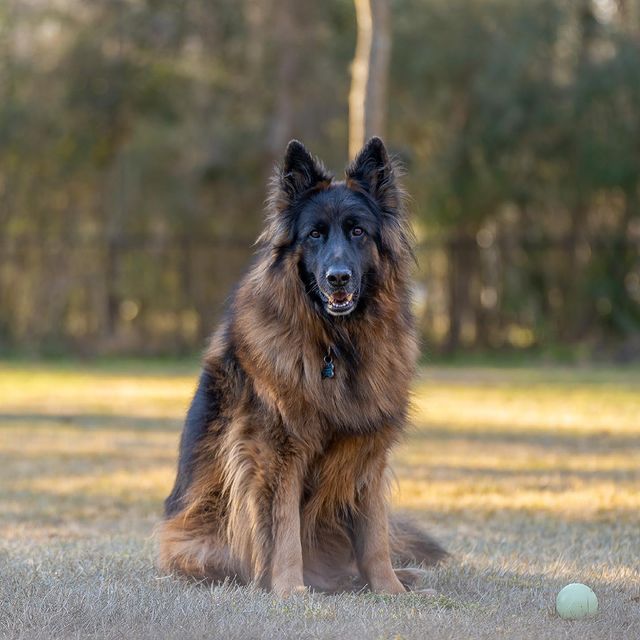
Average age: 10 to 14 years
A dog that needs no introduction, the German Shepherd, is America’s life of the party. It’s a highly versatile dog that can be employed as a working dog for multiple purposes.
An otherwise healthy dog breed, German Shepherds have chances of suffering from degenerative myelopathy, gastric dilatation-volvulus, hip and elbow dysplasia, etc.
Over time, you might find your German Shepherd losing motor functions in his hind legs. It could get worse as losing control over bowel movements and urinary control is most likely in the case of degenerative myelopathy.
16. Boxer

Average age: 10 to 12 years
Boxers are awesome-looking dogs that can grow around 25 inches tall at the shoulder. They’re people-loving dogs with athletic looks, and love to have a fun time with children.
Having a brachycephalic head makes Boxer dogs prone to long-term breathing difficulties. The owners need to be prudent when exercising their boxer dogs.
Besides that, heart conditions, namely heart conditions such as aortic stenosis and Boxer cardiomyopathy, are prevalent in Boxers.
15. Cavalier King Charles Spaniel

Average age: 9 to 15 years
Nowadays nurtured as a family companion, a cuddler, and a lapdog, Cavalier King Charles Spaniel inherits the genes of game retrievers.
As per estimates, almost 50% of Cavaliers suffer from mitral valve disease (MVD) till they reach five years of age, and almost every one of them suffers from it by age 10.
Some other critical health issues that may shorten the lifespan of Cavalier King Charles Spaniel include Mitral Valve Disease, Syringomyelia, episodic falling, etc.
14. Kuvasz
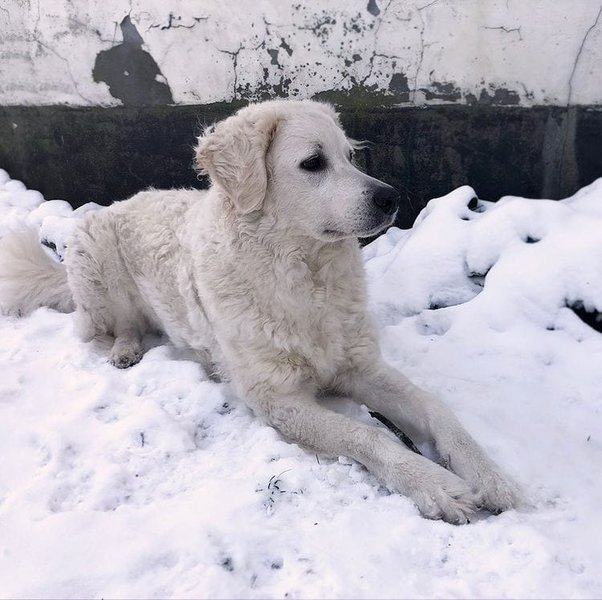
Average age: 9 to 12 years
Kuvasz is a Hungarian dog breed of flock herders comprising large-sized, bright-white dogs.
Young Kuvasz is susceptible to two health hazards namely panosteitis and hypertrophic osteodystrophy (HOD), both of which can result in pain and lameness. The former one goes away on its own, but the latter one needs medical attention.
Like other dog breeds, Kuvasz dogs can suffer from common pet health conditions as well such as hip dysplasia, chondritis, etc.
13. Fila Brasileiro
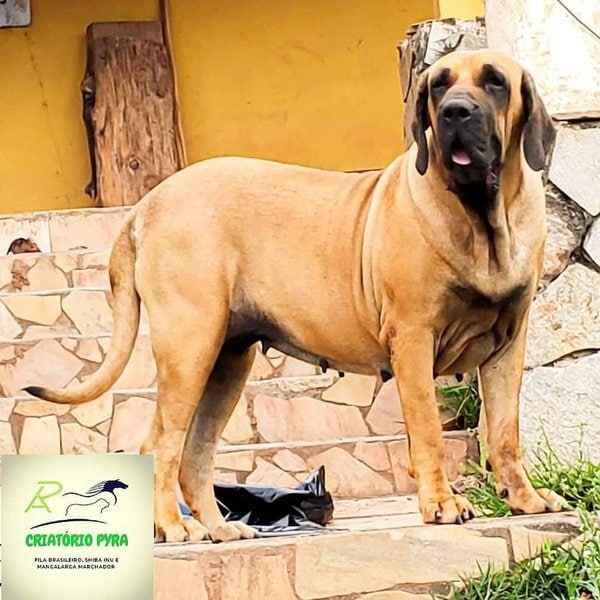
Average age: 9 to 11 years
Fila Brasileiro is a Brazilian dog breed meant to work as hunting dogs and working dogs. Don’t let their humongous size bother you but they’re very faithful dogs.
Unless vigorous exercise is given on a daily basis, Fila Brasileiros cannot stay healthy. They tend to gain weight and go through mental health issues.
Hip and elbow dysplasia, entropion, and bloat are some very common health issues that Fila Brasileiro may suffer from.
12. Boerboel
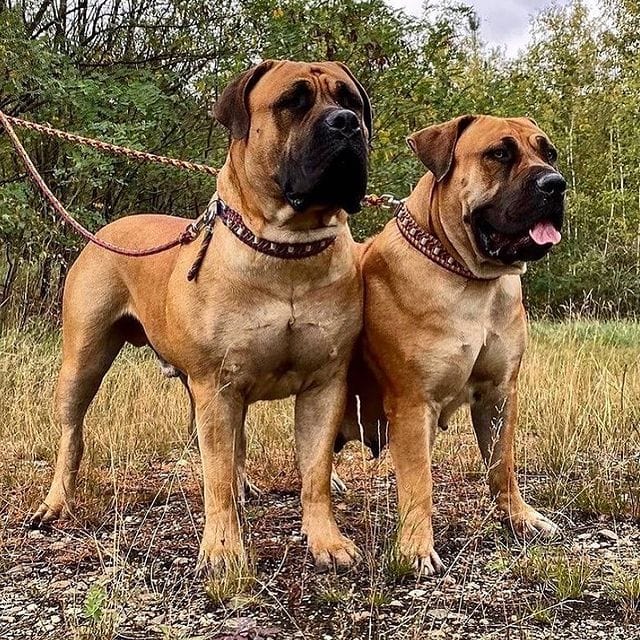
Average age: 9 to 11 years
The name, Boerboel, etymologically means “farmer’s dog”. The large size and sharp wits make Boerboel an excellent guard dog.
Boerboels are known for being victims of skeletal and visual health issues, therefore, it’s better to get them tested for the same, before adoption.
Though not victim of any specific disease by birth, ailments like hip dysplasia, heart conditions, bloat, vaginal hyperplasia, and juvenile epilepsy are most likely to develop in them over time.
11. Scottish Deerhound
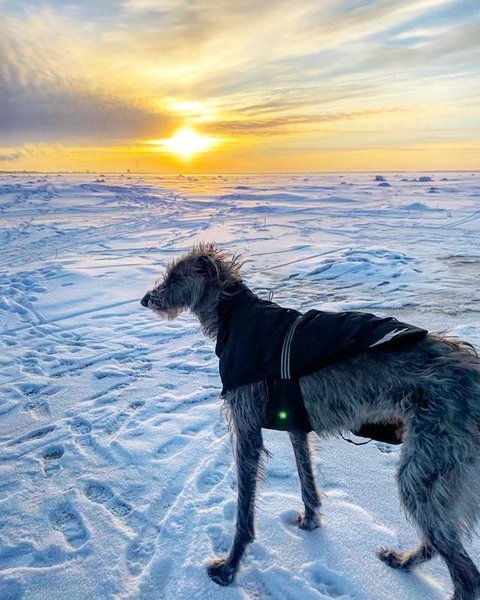
Average age: 9.5 years
The Scottish Deerhound, the royal dog of Scotland, is originally a hound dog. Nowadays, its hobbies include daily walks, sofa naps, and loving its owners.
A terrible health issue, known as liver shunt, can befall on a Scottish Deerhound, wherein your dog will experience seizures, and can only be cured via an expensive surgery.
Dilated cardiomyopathy, cystinuria, osteosarcoma, factor VII deficiency, etc. are some other health issues that can affect a Scottish Deerhound.
10. Rottweiler
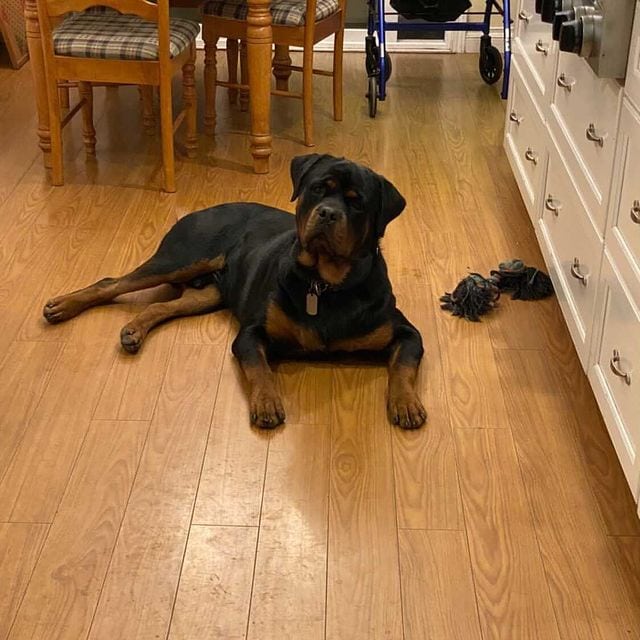
Average age: 9.5 years
Originally bred to assist in cattle herding and pulling of carts, the Rottweiler is a physically tough dog with a kind heart.
Being a deep-chested dog breed, Rottweilers are prone to suffering from the gastrointestinal syndrome, called bloat or gastric torsion. A dog’s stomach gets twisted due to gases which is a life-threatening health issue.
Being prone to diseases concerning the heart such as aortic stenosis, etc., and many other health conditions makes this dog breed a short-lived one.
9. Saint Bernard
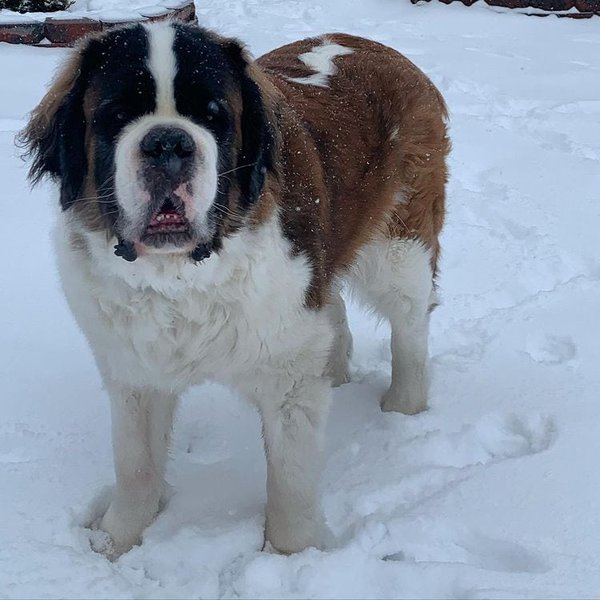
Average age: 9.5 years
Originally bred as a chief Swiss guard dog, the Saint Bernard, has lately become the perfect pet for households, in fact a good choice for apartment dwellers.
Saint Bernard, a voluminous dog breed, is a common sufferer of obesity. It can make your dog suffer from joint issues, metabolic and digestive disorders, back pain, and heart diseases.
Other health issues, namely hypothyroidism, degenerative myelopathy, and bone sarcoma also contribute to increased fatality rates of Saint Bernards.
8. Newfoundland
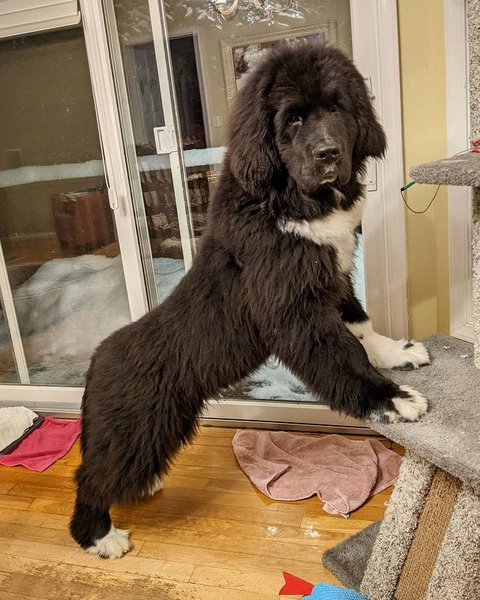
Average age: 9 years
Newfoundland is a big, strong dog who’s respected as a hardworking dog and a good family companion in our society.
Newfoundlands are prone to more or less six fatal heart conditions, the most prevalent one being subaortic stenosis. It’s a deadly disease with symptoms ranging from shortness of breath to severe fatigue.
Other heart conditions affecting a Newfoundland include pulmonic stenosis, cardiomyopathy, tricuspid valve disease, patent ductus arteriosus, and septal defects.
7. Shar-Pei
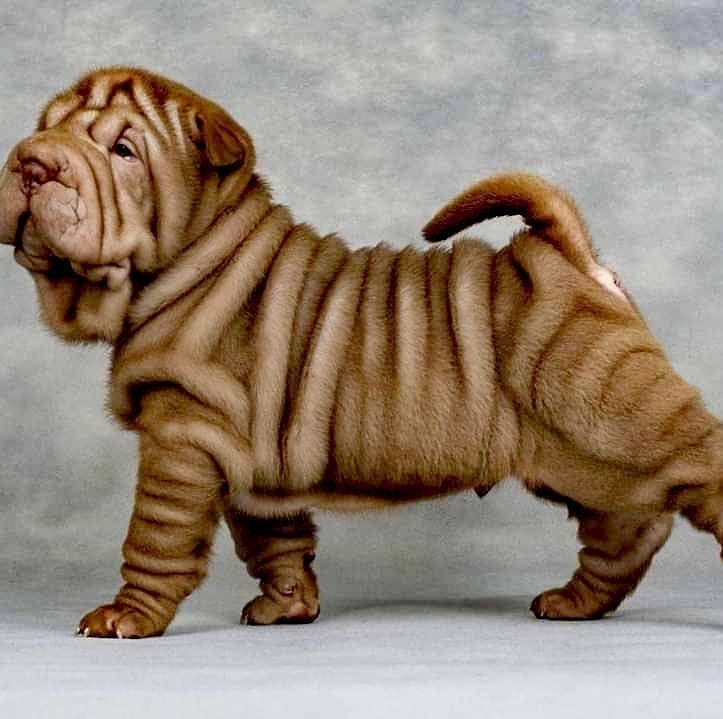
Average age: 8 to 12 years
If you won’t mind their aloof attitude towards strangers, Shar-Pei will reward you with utmost loyalty and warm-heartedness.
Shar-pei dogs have folded, oily skin, which is prone to a skin issue called lip-fold pyoderma. The infected folded areas can redden and develop foul smell, due to bacteria and yeast accumulation.
Also, Shar-Pei dogs suffer from a number of breed specific disorders such as respiratory, cardiovascular, musculoskeletal, immune-mediated, skin, and gastrointestinal disorders, and certain cancers, thus accounting for their short lifespan.
6. Dogue de Bordeaux

Average age: 8 to 12 years
The Dogue de Bordeaux is a 600-year-old French dog breed, well-known for being an extroverted personality and possesses a good deal of strength.
Being a brachycephalic dog breed, Dogue de Bordeaux dogs suffer from stenotic nares. They have difficulty breathing as their nostrils collapse inwards. Their soft, elongated palate extends into the airway causing less air to enter the lungs of Dogue de Bordeaux.
Ectropion results due to exposure of inner eye tissues that get exposed because of Dogue de Bordeauxs loose skin. These exposed areas can easily catch diverse infections, as well as get damaged and contaminated easily.
5. Great Dane
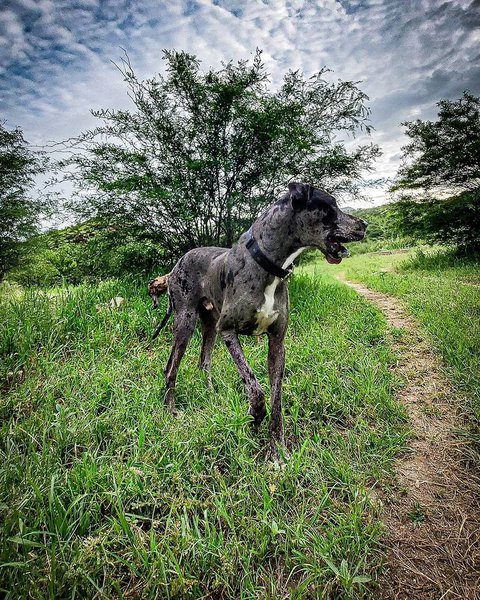
Average age: 8.5 years
The Great Dane, is another such dog breed having a short lifespan, although, well known for their nobility and loyalty.
Great danes are susceptible to obesity as they have huge appetites, leading to health issues, such as high blood pressure, heart disease, and hypertension.
Most common causes of death in the Great Dane dog breed include cancer, stomach torsion, and heart diseases. These dogs weigh anything between 100 to 200 lbs, and their bulky nature adds more to their worries, as they’re unable to move around a lot.
4. Greater Swiss Mountain Dog
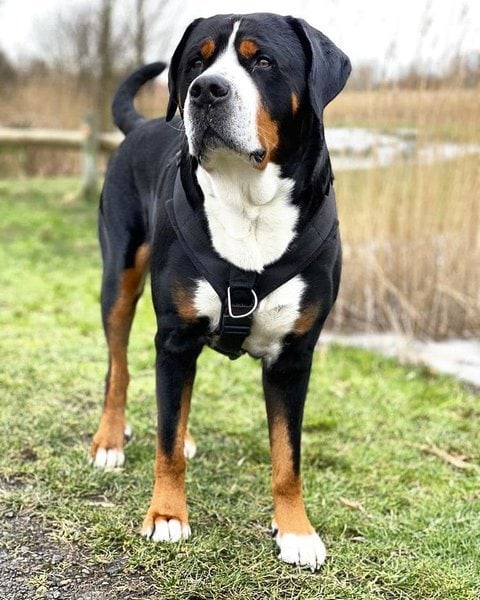
Average age: 8 years
The Greater Swiss Mountain Dog breed owes its origin to the necessity of having a versatile dog breed that can act as a guard dog, herding dog, assistance dog, etc.
They’re occasional genetic carriers of Von WIllebrand diseases, wherein mild to severe bleeding of nose, mouth, and urinary tract can be witnessed.
The Greater Swiss Mountain Dog can also fall prey to many orthopedic issues such as panosteitis and osteochondritis dissecans of the shoulder.
3. Bullmastiff

Average age: 8 years
The Bullmastiff is a very protective dog who’ll guard its family with its life. It doesn’t do well with strangers but is a very suitable choice for apartment dwellers.
Your Bullmastiff requires daily vigorous exercise, because this dog breed is highly susceptible to obesity. It eventually results in the development of structural issues and a lot of pain.
Bullmastiffs can also suffer from diseases such as subaortic stenosis, cancers, hyperthyroidism, dysplasia, etc. in their lifetime.
2. Sheltie
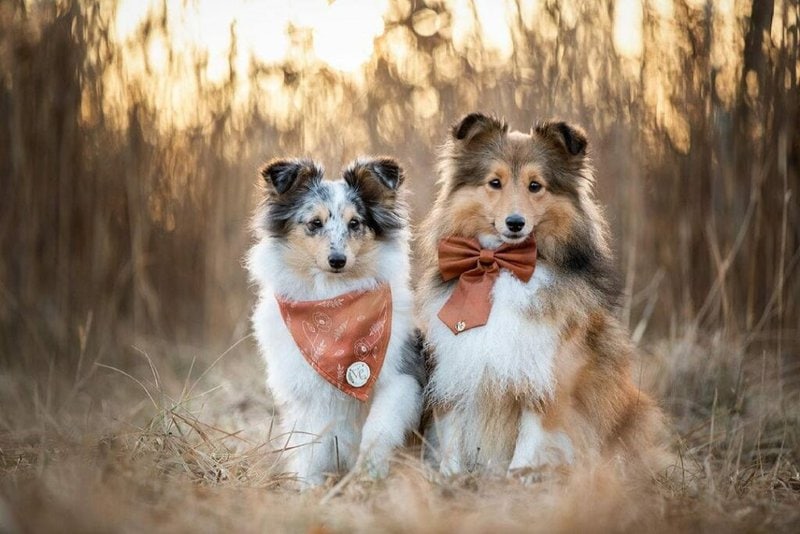
Average age: 12 to 15 years
Also known as the Shetland Sheepdog, Sheltie is a versatile dog breed and was used as guard dogs and herding dogs back in the day.
It’s better to refrain from feeding too many dog treats or leftover food to your Sheltie, because they’re prone to obesity.
With a good lifespan, Shelties aren’t usually affected by that many diseases, but certain diseases such as hypothyroidism, Collie Eye Anomaly, etc. can harm them.
1. Border Collie
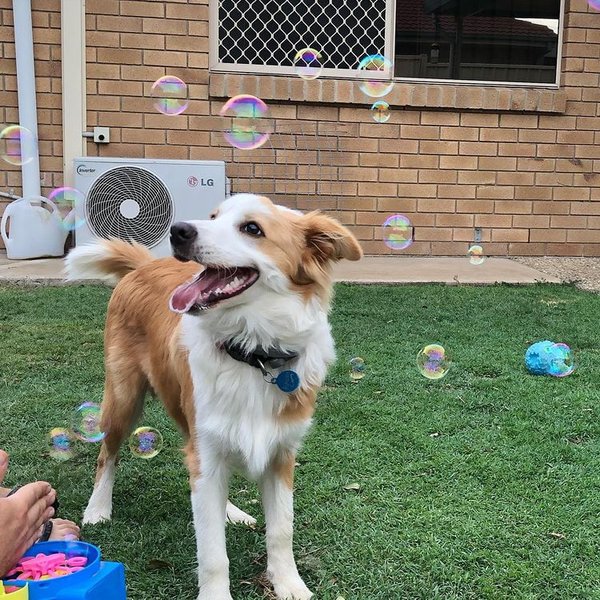
Average age: 13 years
The Border Collie dog breed was originally employed to herd sheep but gained recognition lately as a household pet dog breed. At some places, they’re still used as herding dogs.
With a lifespan of around 13 years, Border Collies hardly fall prey to any serious diseases, but health issues such as cancer and cerebrovascular diseases can lead to their early death.
Other than that, Border Collies, like any other dog breed, can suffer from hip dysplasia, allergies, eye diseases, etc., though they’re not much susceptible to falling ill.
Related Questions
What Breed Of Dog Has The Longest Lifespan? Bichon Frise is considered to be the dog breed with the longest lifespan of 15 years. However, many other dog breeds namely Italian Greyhound, pomeranian, Miniature Pinscher, and others also live a healthy, long span of life. It is said that the scientists are still trying to determine why small-sized dogs breeds have longer lifespans as compared to large-sized ones.
Does A Dog Know When It’s Dying? Although a controversial topic, many scientists do believe that dogs know it when they’re approaching death. It has been found that dogs when nearing their time of departure, tend to get agitated and restless, and the reasons for this behavior could be many.
Who Do You Call When Your Dog Dies? You should make the first call to your vet when your dog has passed away. They’ll notify you of the facilities at their disposal so as to deal with your pet’s body. If you’re not satisfied with their facilities, they’ll direct you to some other agency, such as your nearest pet cemetery.

